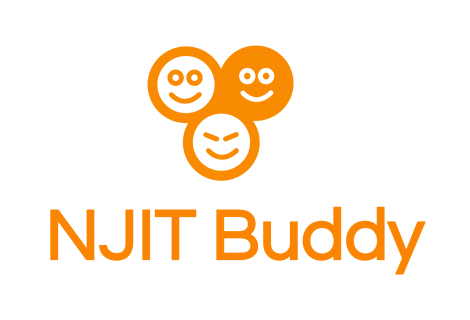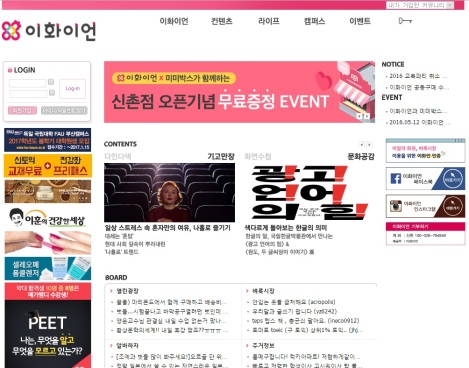Art with RM (2023) – Instagram Filter
 This filter, created with a team of students, enables people to juxtaposition RM’s back into their camera to make it look like he is looking at the subject matter, simulating the artist’s own Instagram posts of himself looking at art. The goal of this project was to help make art more accessible and fun, and provide solace to fans who would be missing him when he entered military service. More details on the project are in this blog post. Link to this filter (only available for people who have installed Instagram): https://www.instagram.com/ar/967538241148609/
This filter, created with a team of students, enables people to juxtaposition RM’s back into their camera to make it look like he is looking at the subject matter, simulating the artist’s own Instagram posts of himself looking at art. The goal of this project was to help make art more accessible and fun, and provide solace to fans who would be missing him when he entered military service. More details on the project are in this blog post. Link to this filter (only available for people who have installed Instagram): https://www.instagram.com/ar/967538241148609/
RM Gallery (2021) – 3D virtual gallery
 RM Gallery is an online virtual museum that included a curated collection of fan art for the musician RM, a group videochatting system, and virtual theater where viewers could watch music videos together. This project was created during the pandemic when people could not attend offline events. More details on the project at this link.
RM Gallery is an online virtual museum that included a curated collection of fan art for the musician RM, a group videochatting system, and virtual theater where viewers could watch music videos together. This project was created during the pandemic when people could not attend offline events. More details on the project at this link.
Virtual Sisters (2017)

Virtual Sisters is a mobile online community that enables women in STEM fields to interact with each other, to give and receive the social support that they cannot get through other means, and to be a non-judgmental safe space.
NJIT Buddy (2016)
 NJIT Buddy is an Android/ iOS mobile application to help college students connect virtually and provide social support to each other. This app is a very simple social system in which people can post short status updates, somewhat similar to Twitter, but exclusive for the NJIT community. When students post something, they will be able to respond to other posts with a “hug,” a feature that is similar to the “Like” button on Facebook. There is also a “bell” function where if someone feels that another is in need of help, they can raise an alert. Counter to most social media that revolves around giving more attention to “popular” posts, the app is designed to give more attention to people with low psychological wellbeing through a collection of carefully designed features, algorithms, and an offline social support structure. This paper describes more of the design process:
NJIT Buddy is an Android/ iOS mobile application to help college students connect virtually and provide social support to each other. This app is a very simple social system in which people can post short status updates, somewhat similar to Twitter, but exclusive for the NJIT community. When students post something, they will be able to respond to other posts with a “hug,” a feature that is similar to the “Like” button on Facebook. There is also a “bell” function where if someone feels that another is in need of help, they can raise an alert. Counter to most social media that revolves around giving more attention to “popular” posts, the app is designed to give more attention to people with low psychological wellbeing through a collection of carefully designed features, algorithms, and an offline social support structure. This paper describes more of the design process:
Wohn, D. Y., Ahmadi, M., Gong, L., Kulkarni, I., Poojari, A. (2017). Designing a Social Support System for College Adjustment and Social Support. In Proceedings of ICWSM, 688-691 [PDF]
Ewhaian.com (2001)

Ewhaian was founded in May, 2001, by three friends— Hye-kyung Han, Eun-kyung Na, and Donghee Wohn– as a hyperlocal social network site for students, alumni, and family/friends associated with Ewha Womans University in Seoul, South Korea. Users are able to create a profile, make groups, participate in BBS-type forums, post classified ads, share information on classes and professors, blog, and send private messages to other users. Two years after launching, a ―content section was added to the site where student reporters write feature-style articles, interviews, and op-eds. The website is still run by current students through a non-profit organization that was established in 2002, and is an active community with thousands of concurrent users and tens of thousands of active members.
WHO (2002)- Mobile movie
In 2002, my friend Naccy and I won first prize for SK Telecom’s Mobile Film Festival, a competition for cell phone video content. SK had just started 2.5 generation mobile film services in which people could subscribe to a premium service and download “packets” of short video clips . The competition was to create a screenplay for 10 to 12 clips that had to be downloaded in 2-minute segments.
We figured out that creating a movie in the conventional format wouldn’t work because people may not want to download all of the segments if they were not amused. What motivation could we give viewers to watch the entire movie with content other than porn? We came up with a murder mystery scenario in which one has to download all the clips to solve the mystery. The first clip shows the scene of the murder and the father of the murdered girl asking you (the viewer) to solve the mystery. The next 10 clips are interviews with 5 of the suspects. By piecing together everyone’s story and interpreting subtle cues, one can figure out who murdered the girl. The last clip shows what really happened.
We won the screenplay competition and were given $10,000 to film the movie, which was then made available exclusively for SK Telecom premium service members. Unfortunately, not many people (including ourselves) subscribed to the expensive cell phone premium service at the time and a year later, improved technology was supporting mobile TV or downloads of entire movies, so the point of making videos catering specifically to 2-minute segments became unimportant.
Koomi’s Adventure (2000)– Flash animation / Hidden object, educational
In my junior year in college, I made an educational flash-animated game for preschool children. Flash animation games are now a common thing and hidden object games are a staple of casual games, but not so in 2000 Korea. Most of the flash games in the market were arcade, card, and board games. I worked with friends Ju-yeon and Janny to create a game about a worm named Koomi who has to identify certain objects in several different settings to find his mother. The game was supposed to be an educational game, because the objects that one has to find are not random, but strongly integrated with the story. For instance, in a jungle scene, Koomi would have to find certain animals that live in the jungle.